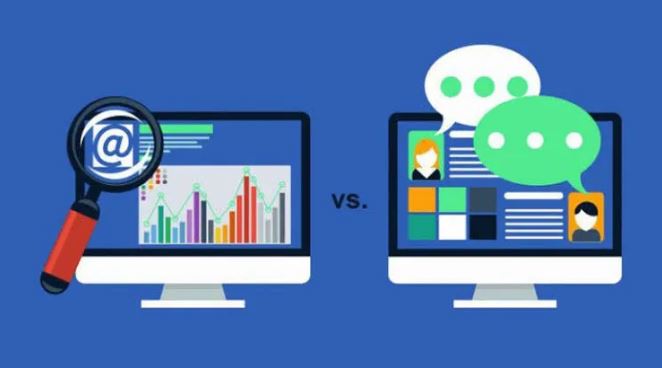The importance of SEO in the world of digital marketing in 2025 has increased more than ever. On-page SEO , which focuses on optimizing the internal elements of a website, plays a vital role in improving the search engine rankings of any website.In this guide, we will discuss the latest trends in
on-page SEO and how to do it right in 2025.
As you know, there is a lot of competition in today’s market and this level keeps changing. How you maintain your online presence helps you in this.
For this you need to keep your website up to date and increase its visibility. In such a situation, on-page SEO is very important for any website or blog.
Tips for writing Title Tag:
- Include main keywords: Use main keywords in your Title Tag that best represent the content of your page. It is better to place keywords at the beginning of the Title Tag.
- Pay attention to the length: Google usually displays title tags up to 50-60 characters, so try to keep your title tag within this limit. This ensures that your full title appears in search results.
- Avoid duplicate titles: Use a unique title tag for each page. Duplicate title tags can make it difficult for search engines to understand which page is more important.
- Branding: If needed, you can add your brand name at the end of the Title Tag. This helps to strengthen your branding.
- Make it understandable and attractive to users: The title tag should be understandable not only for search engines but also for users. Make sure it is simple, clear and clickable.
Example of Title Tag
- The description contains the main information about your page.
- Include important keywords: Use important keywords in the meta description, but keep it natural and readable. Google sometimes bolds keywords in the meta description to make it more noticeable to users.
- Attract users: Write the meta description in a way that it tempts users to click on your page. You can also use calls-to-action (CTA) such as “Learn more,” “Read today,” etc.
- Add brand name: If possible, include your brand name at the end of the meta description. This helps strengthen your brand identity.
- Write unique descriptions: Write a unique meta description for each page. Avoid duplicate meta descriptions, as this can be confusing for both search engines and users.
Example of Meta Description:
2. Use Hyphens Instead of Underscores
Hyphens : Use hyphens (-) to separate words because search engines treat hyphens as spaces between words.
Underscores : Underscores (_) are not interpreted as spaces between words, which can make it difficult for search engines to understand URLs.
When analyzing URL length, Ahrefs found that shorter URLs rank better. The study looked at URL length and a number of folders.
They counted all root domains as one folder, and each back slash after the root as another folder. Something like this.
Keywords)
These keywords are related to the local area or geographic location, and they target users who are looking for services or products based on their area.
If your services or products are available in a specific location, use local keywords. This will help you target your local audience and get higher rankings in local search results.
9. SEMrush Writing Assistant
SEMrush Writing Assistant gives real-time suggestions to improve the SEO quality of your content. This tool helps in optimizing the content keeping in mind Google’s ranking factors.
Key Features: Real-time content analysis, keyword optimization, and SEO-friendly content suggestions.
10. WordLift
WordLift uses AI to add schema markup to your site, which helps search engines understand the information on your site. This tool helps to increase the visibility of your site.
Key Features: Automated schema markup, search engine optimization, and search visibility enhancement.

